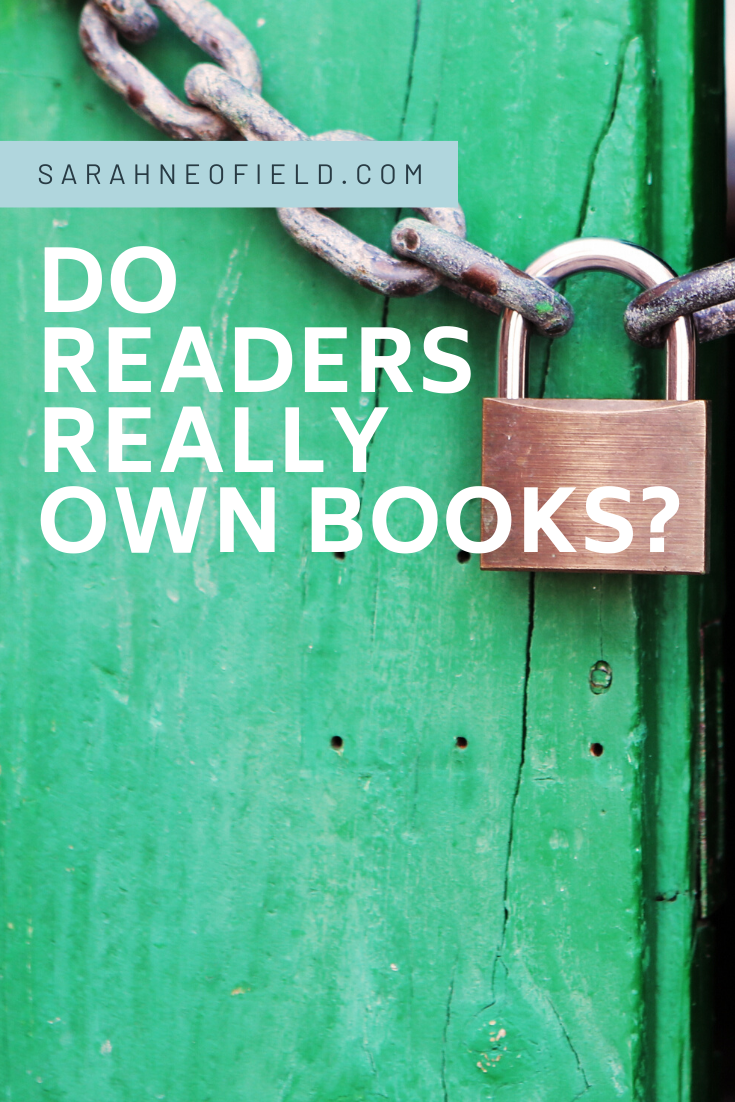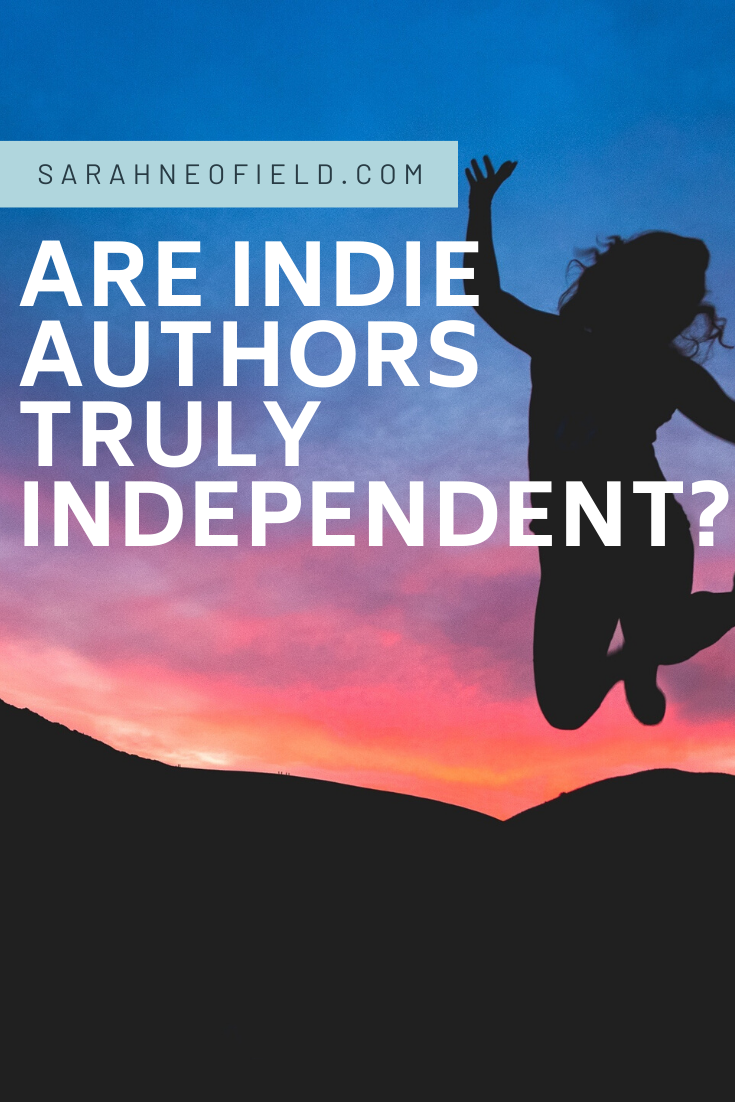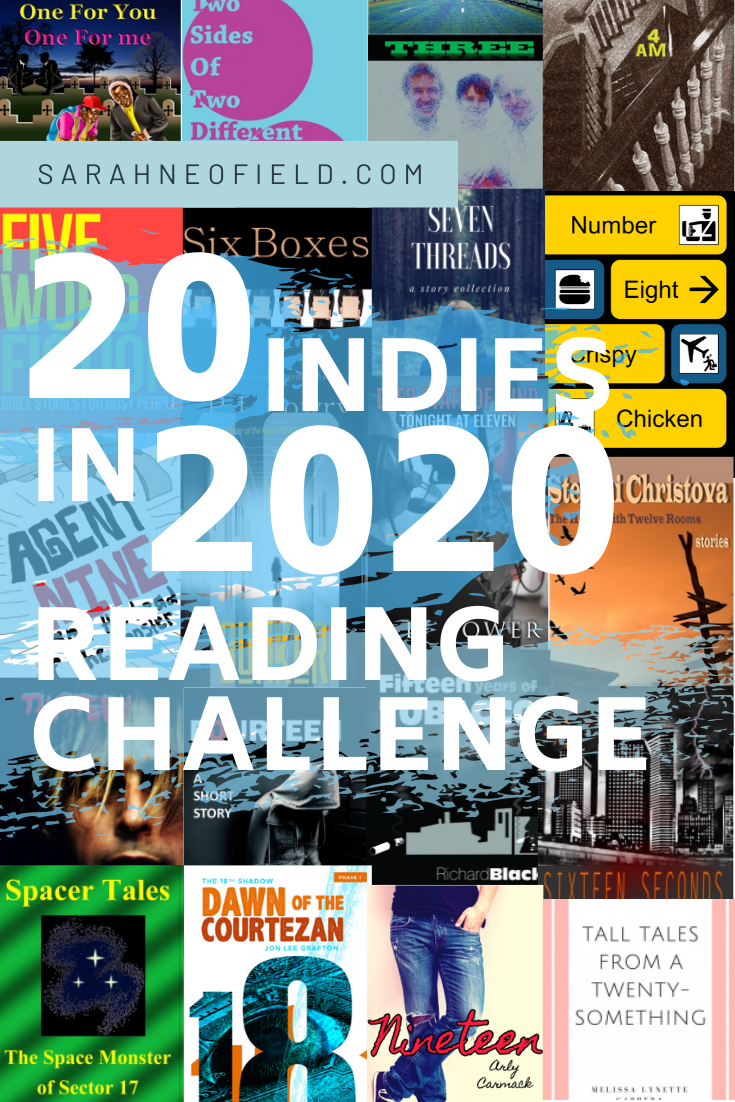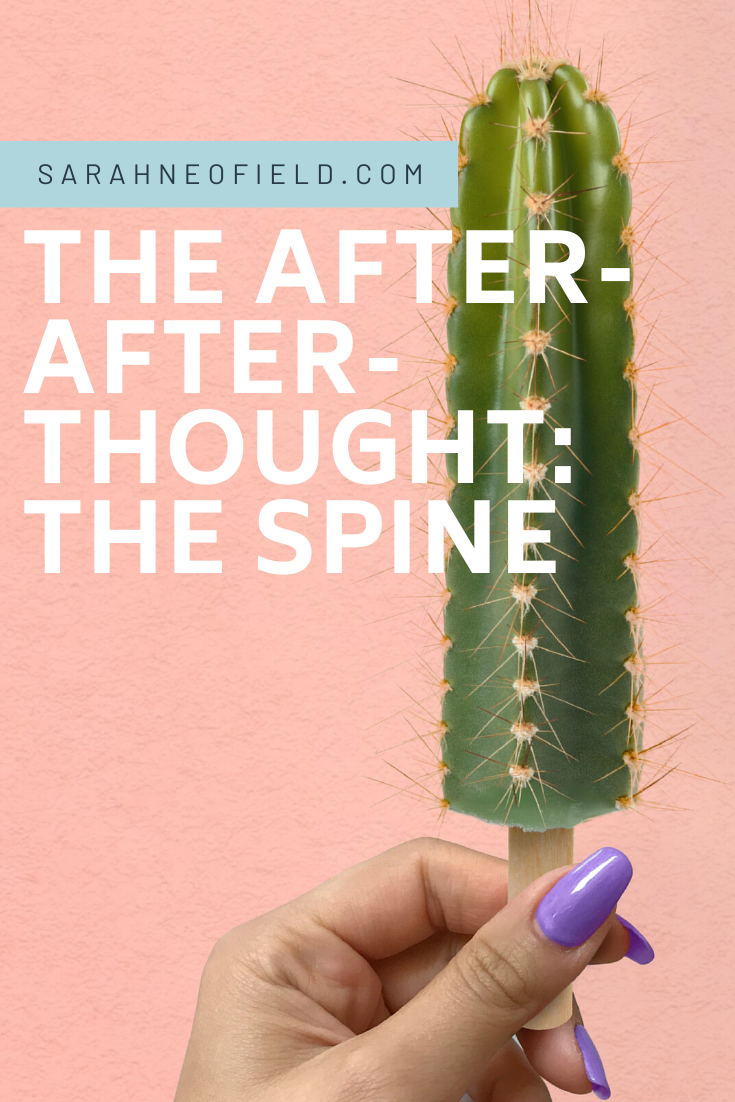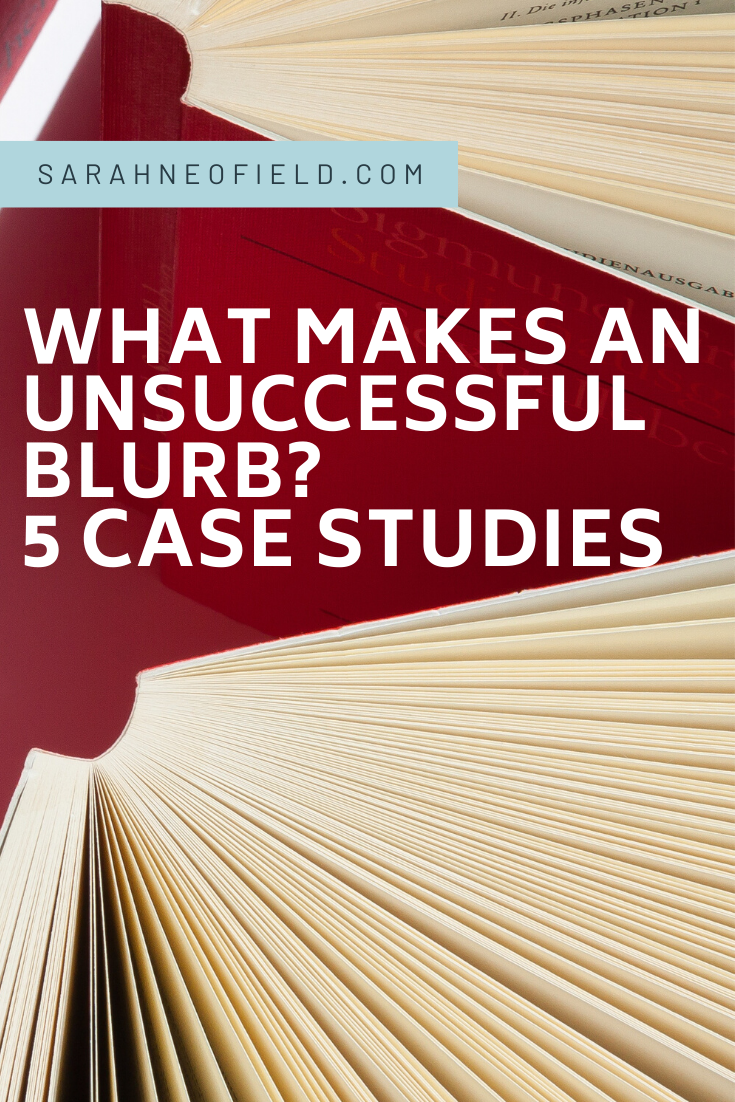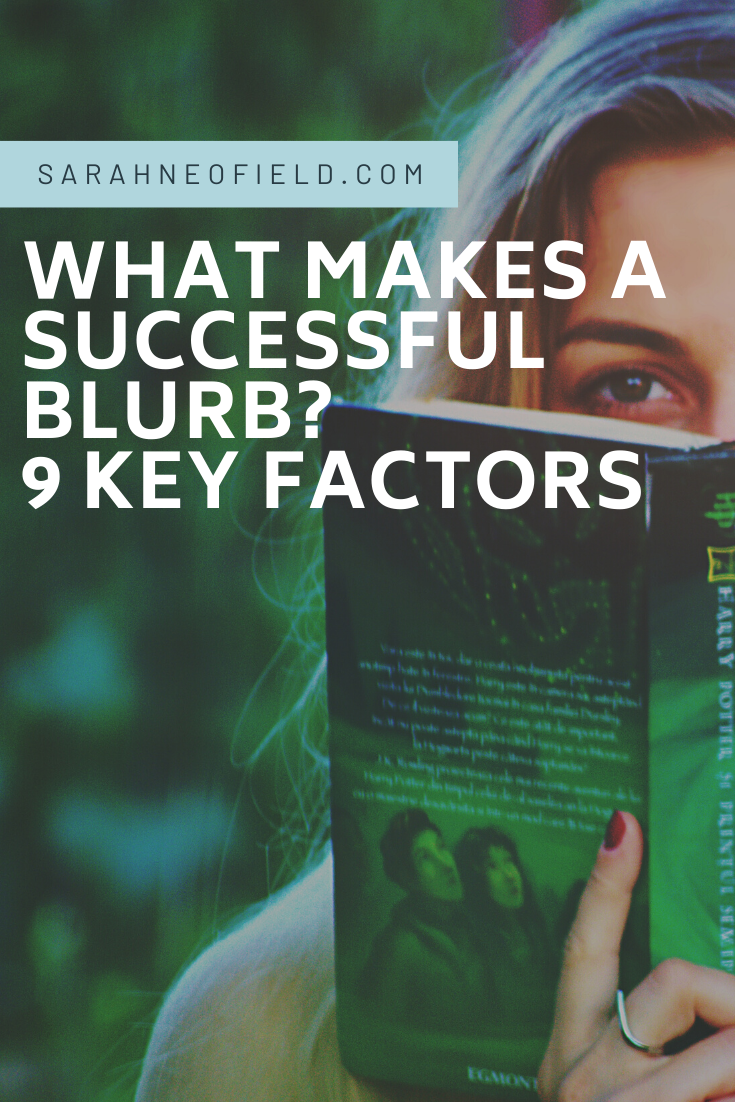Back in the days when brick-and-mortar book stores and libraries dominated, the back of a book was perhaps the next thing most readers would turn to after glancing at the cover, and before making the decision to purchase or borrow. The back cover was where you’d find not only the book’s blurb, but a tagline, endorsements from reviewers (also known as ‘blurbs’), any awards the book had been nominated for or won, and a short bio about the author.
In our current era of online bookstores, ereaders, and indie publishing, the back cover has been largely replaced by the description field on retail sites. In many cases, the front cover has taken on of the burdens of the back cover, with taglines, quotes, awards, and even biographical details jammed onto a book’s front.
So it should come as no surprise then, that self-publishing guides pay scant attention to back covers. E-books don’t require (or really have the facilities for) back covers at all (much to my disappointment!).
Even when ordering a paperback online, back covers don’t seem to play a significant role in readers’ decision-making. They’re much harder to see than front covers, requiring the reader to use the ‘look inside’ preview on Amazon, and then click ‘Back Cover’ to see a preview. It’s much easier to simply read the description, which also has the advantage of being searchable, and easily legible.
Why should indie authors bother with a back cover, then? And why bother to write a whole blog post about them?
Continue reading “The Forgotten Back Cover” →
